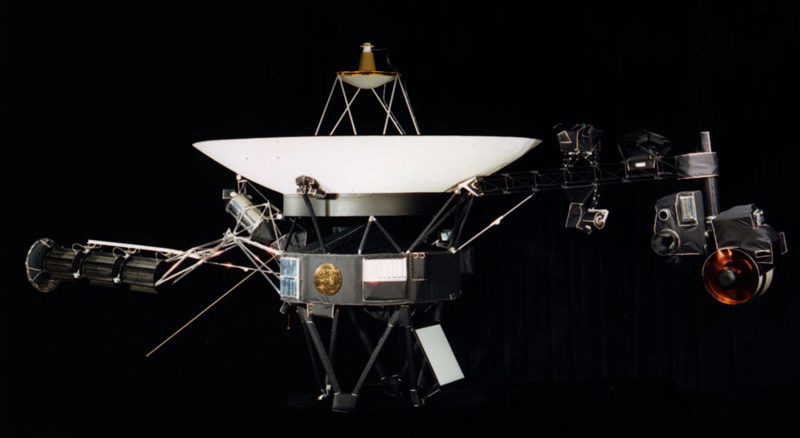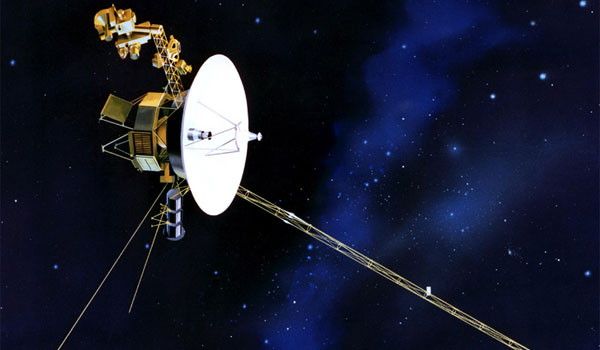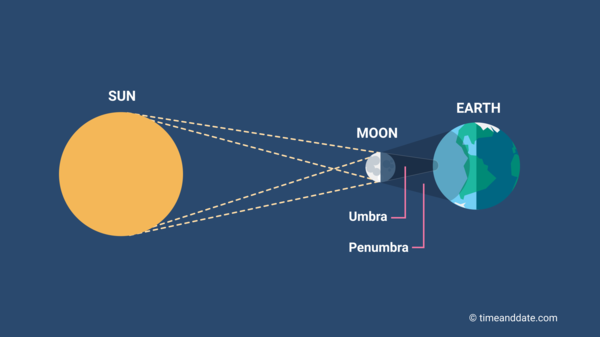
You may have heard of the twin Voyager spacecraft as the two longest-flying spacecraft ever and the only mission to travel to all four outer planets. However, the original purpose of the Voyager mission was to only study Jupiter and Saturn. The two spacecraft were launched over forty years ago in late 1977. Their launch date was timed perfectly to occur during a special alignment of the four outer planets that only happens every 175 years. During this time, they conducted a series of flybys where the spacecraft flew close enough to the planets to use gravity assist but without being captured. By utilizing the planets’ gravity, the spacecraft were able to “slingshot” from one planet to the next. In fact, Voyager 2’s flight time to Neptune decreased from 30 years to only 12 years!
Voyager 1
As of now, Voyager 1 has traveled the farthest out of any spacecraft. During its time observing Jupiter, it discovered a thin ring as well as Thebe and Metis, two new Jovian moons. One of the most interesting discoveries they encountered on Jupiter was that Io, one of Jupiter’s moons, has active volcanoes. It also discovered a new ring on Saturn and five new moons.
Voyager 2
Voyager 2 was the first ever spacecraft to make it past Uranus and is the only one to study all four giants at such a close distance. Its other major discoveries include finding a new moon on Jupiter, ten new moons on Uranus, and five new moons on Neptune. It also found two new rings on Uranus and four new rings on Neptune along with a “Great Dark Spot.”
In August 2012, Voyager 1 became the first spacecraft to enter interstellar space, which is the part of space where the Sun stops having an effect on its surroundings. Voyager 2 later followed in November of 2018. To this day, the Voyager spacecraft are still collecting and sending back data even from over 23 billion kilometers away.








